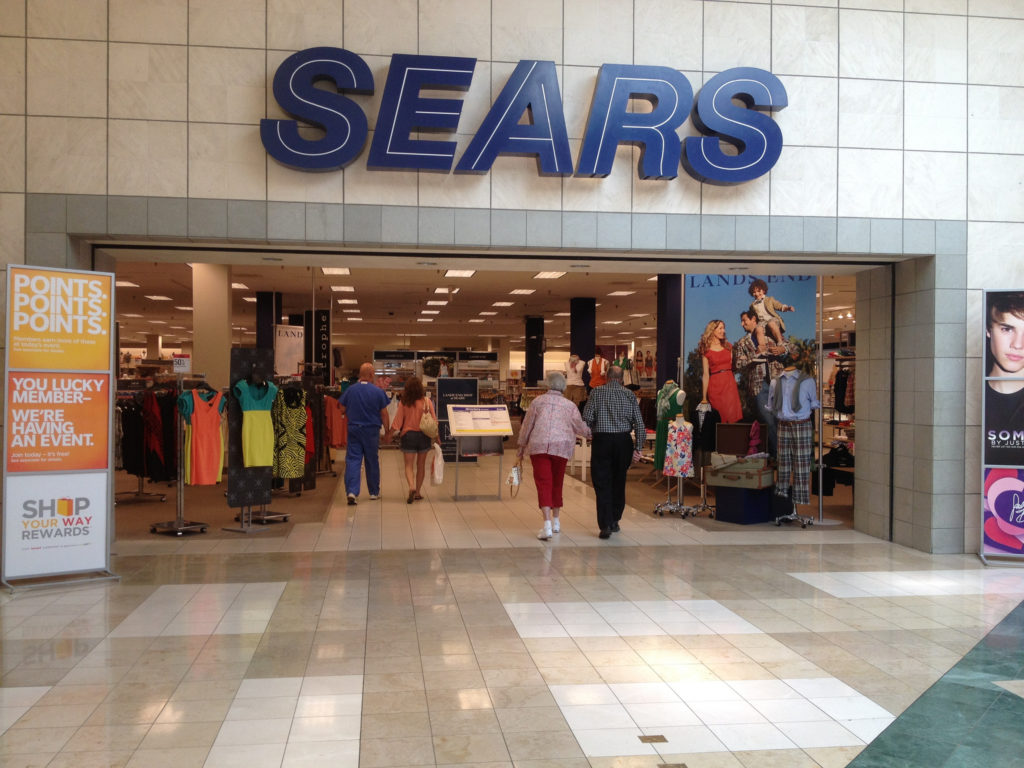What should investors make of Sears’ demise?
Retail stocks have more problems than Amazon.
Advertisement
Retail stocks have more problems than Amazon.

Share this article Share on Facebook Share on Twitter Share on Linkedin Share on Reddit Share on Email